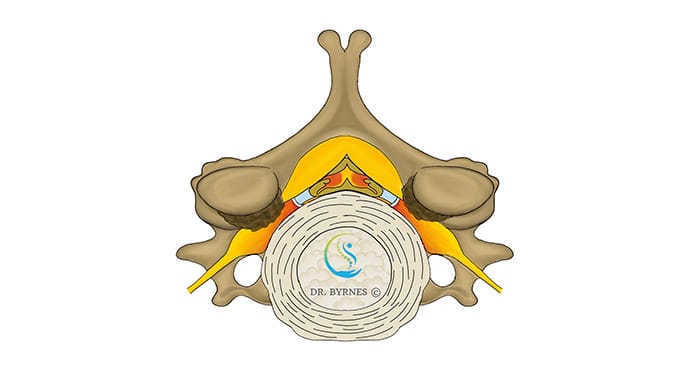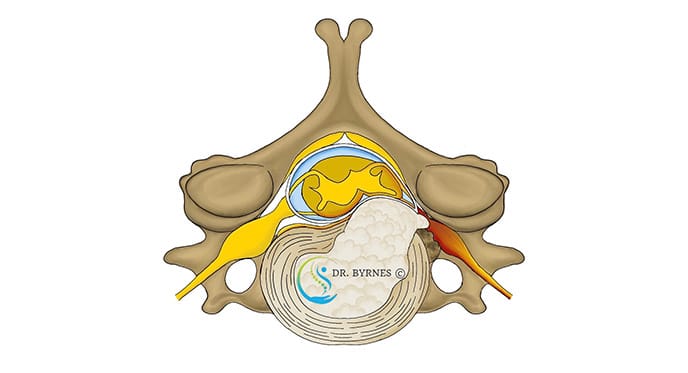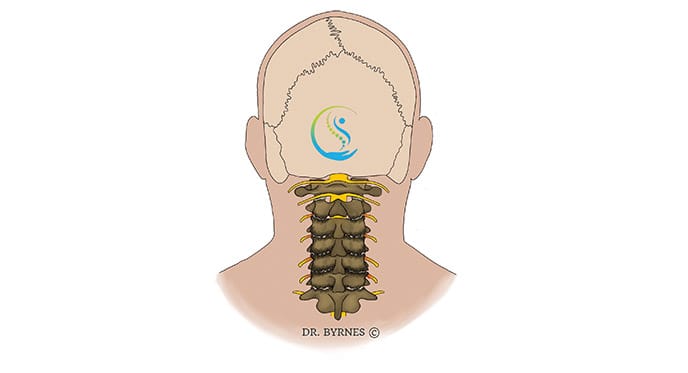
Neck pain develops when there is a problem with or an injury to any part of the neck.
Symptoms:
More concerning Neurological symptoms (Seek medical attention)
The neck has 7 cervical vertebrae. Slowly progressive age, cumulative strain, and injury-related 'wear and tear' can cause the accumulation of degeneration of the bones and joints, resulting in a tendency for pain and inflammation to settle in these structures.
Discs are cushions that sit between the bones. When the discs change shape or move out of position, people can have symptoms. Often, the disc changes are slowly progressive in a similar manner to the bony degenerative changes.
The combined degenerative changes within these structures are termed Cervical Spondylosis.
Ligaments are strong tissues that connect bones to other bones. Ligament damage can happen when the neck moves back and forth suddenly (called "whiplash"), such as in a car accident.
Muscles hold the head up and make the neck move. Neck pain can be caused by muscle strain or tension, such as poor posture or stress.
The Spinal Cord runs down the central canal of the spinal. Nerves branch off from the spinal cord to all parts of the body.
People can have symptoms if their nerves are irritated or pushed on by nearby bones or discs. Often, pain / numbness or weakness radiates down the arms, and sometimes, the legs are unsteady.

Cervical stenosis is the narrowing of the central canal of the Cervical spine, which passes the Cervical Spinal Cord.

Cervical radiculopathy is the typical symptom of radiating arm pain, weakness and sensory disturban...

Headaches are often best investigated by a Neurologist, who will determine if a spinal consultation is appropriate.

Cervical spondylosis is a type of arthritic (osteoarthritic) degeneration that affects the neck.
Your symptoms will be discussed, and the neck and nerves of the arms/legs will be examined.
Some people will require need tests, including: